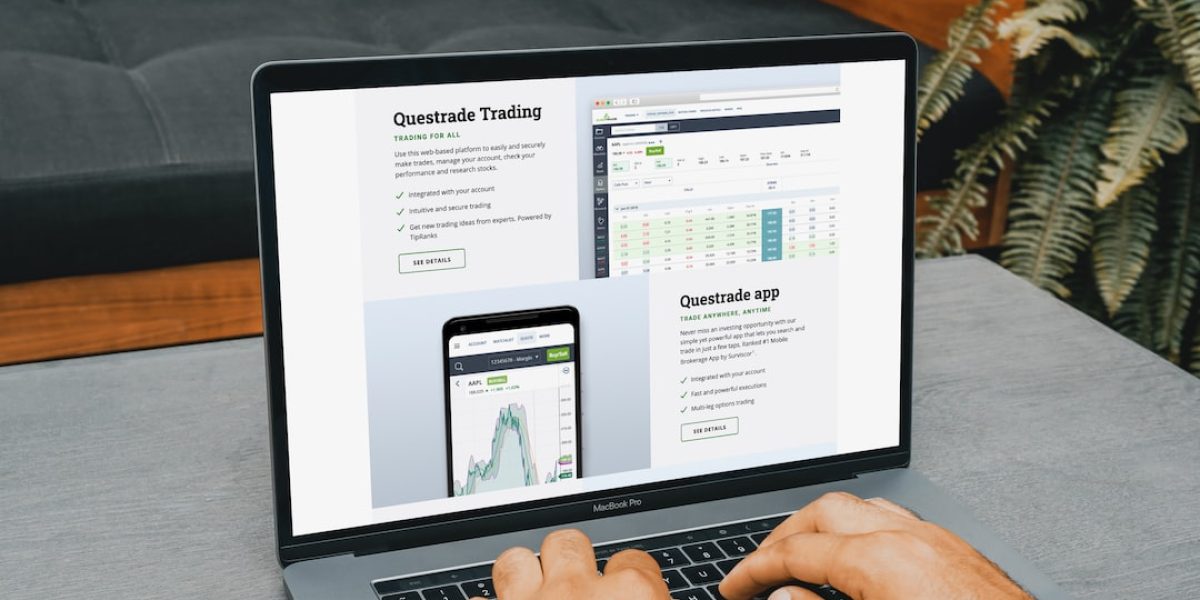The financial world is constantly evolving, and copy trading has been at the forefront of this transformation. What started as a simple way for investors to follow experienced traders has now become a sophisticated industry powered by technology and innovation. As the next decade unfolds, copy trading is expected to undergo significant changes, driven by artificial intelligence, regulation, and the growing influence of social trading communities. Investors who stay ahead of these trends will have the opportunity to maximize their potential in this rapidly changing landscape.
AI and Automation Will Redefine Copy Trading
One of the most significant developments shaping copy trading is the increasing role of artificial intelligence. AI-powered systems are expected to play a much larger role in trader selection, risk management, and market analysis. Instead of manually choosing traders to copy, investors will likely rely on AI-driven algorithms that evaluate thousands of traders in real-time, filtering them based on performance consistency, risk appetite, and adaptability to market fluctuations.
Automation will also improve execution efficiency, ensuring that copied trades are placed with minimal delay. As a result, latency issues that sometimes lead to slippage will become less of a concern, making copy trading more accurate and seamless. With machine learning continuously analyzing market trends, traders may also benefit from predictive analytics, allowing for more informed decision-making.
Regulatory Changes Will Shape the Industry
As copy trading gains popularity worldwide, financial regulators are likely to impose stricter guidelines to protect investors. Currently, regulations vary by country, with some regions embracing the model while others impose restrictions. Over the next decade, a more standardized regulatory framework could emerge, ensuring transparency and fairness across platforms.
Regulated platforms will need to provide clearer risk disclosures, enhanced security measures, and possibly stricter criteria for traders who allow their portfolios to be copied. For investors, this could mean greater protection against fraud and more reliable performance metrics when selecting traders. While increased regulation may limit some aspects of the industry, it will also foster trust, making copy trading more appealing to institutional and retail investors alike.
The Rise of Social Trading Communities
The concept of social investing is expected to grow exponentially in the coming years. While copy trading already incorporates social elements, future platforms will likely emphasize interaction and collaboration among traders and investors. Instead of passively following traders, users will engage in discussions, share insights, and collectively analyze market trends.
Live trading sessions, interactive forums, and real-time market commentary will likely become standard features. This shift will create a more dynamic experience where investors not only copy trades but also learn and develop their own market strategies. As social networks influence trading behavior more than ever, platforms that successfully integrate community-driven features will gain an edge.
Expansion into New Asset Classes
In the past, copy trading was primarily associated with forex and stock markets. However, the next decade will see a broader range of asset classes becoming available for copying. Cryptocurrencies have already gained traction, but newer asset types like tokenized real estate, decentralized finance (DeFi) investments, and even non-fungible tokens (NFTs) could become part of copy trading platforms.
With the financial world embracing tokenization and blockchain-based assets, investors will have access to more diverse opportunities. This expansion will allow traders to follow experts in various fields, from digital assets to commodities and even alternative investments like carbon credits or renewable energy projects. The diversification of asset classes will make copy trading an even more attractive option for those looking to explore emerging markets.
Customization and Risk Management Enhancements
As technology advances, copy trading platforms will offer more tailored experiences for investors. Instead of copying an entire portfolio, users may be able to set parameters that automatically adjust trade sizes based on their own risk tolerance. AI-driven risk assessment tools will help investors manage exposure more effectively, reducing the likelihood of following traders who engage in overly aggressive strategies.
Another expected innovation is the ability to combine multiple traders into a single, AI-optimized strategy. Instead of choosing individual traders, investors may be able to invest in a dynamically managed portfolio of top traders, adjusted in real time based on performance and market conditions. This would create a more balanced approach to copy trading, minimizing risks while optimizing returns.
Institutional Involvement and Mainstream Adoption
While copy trading has traditionally been popular among retail investors, the next decade could see increased participation from institutional investors. Hedge funds, asset management firms, and investment banks may explore copy trading models as a way to optimize portfolio diversification.
Additionally, as technology makes investing more accessible, major financial institutions may integrate copy trading features into traditional brokerage accounts. This would enable everyday investors to blend active and passive strategies, incorporating copy trading as part of a broader wealth management plan.












